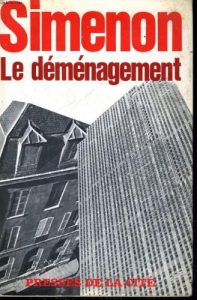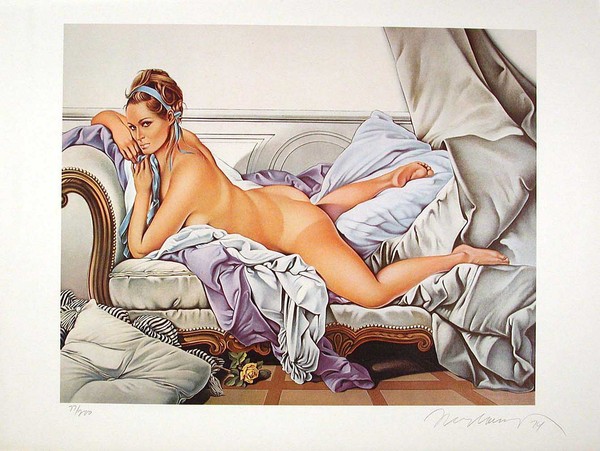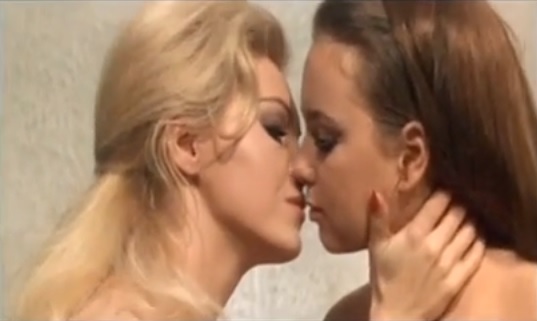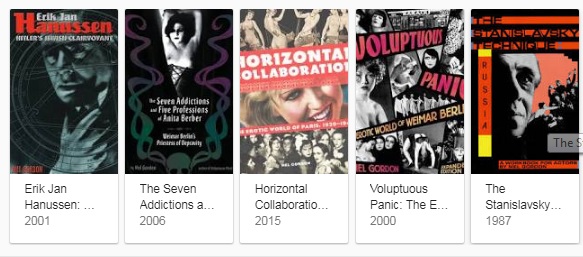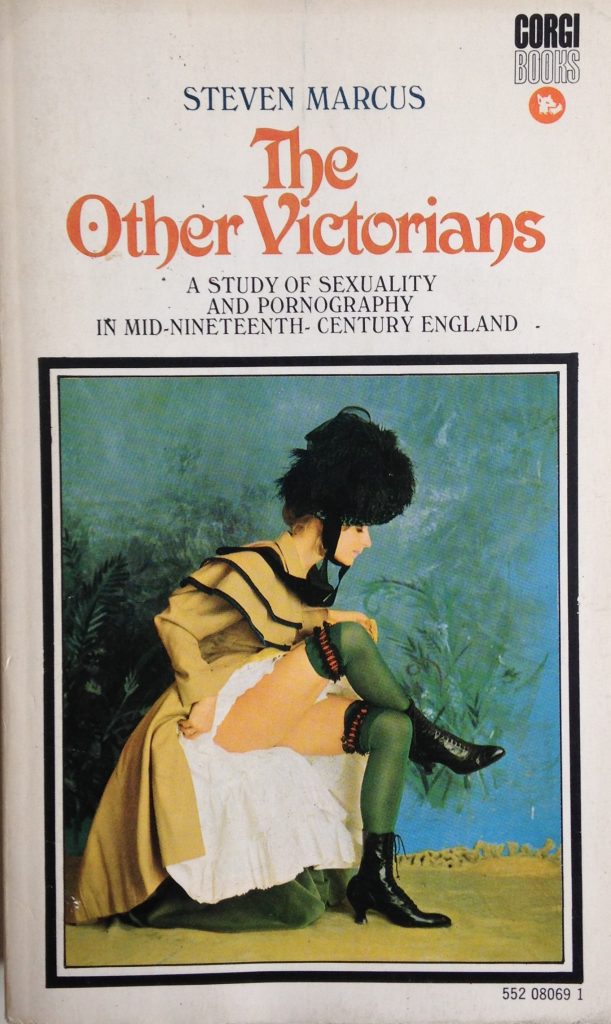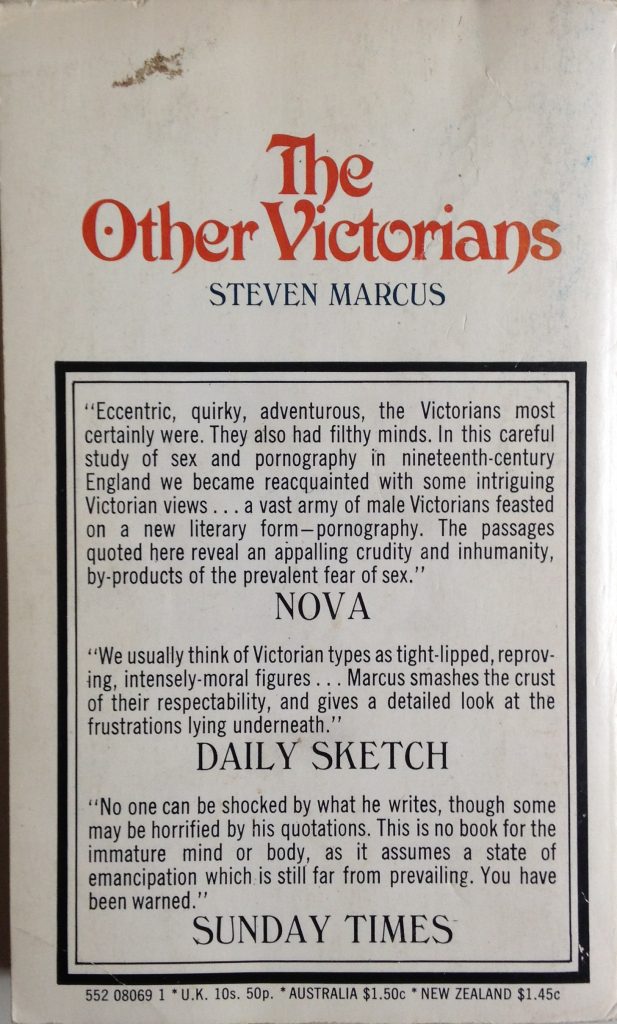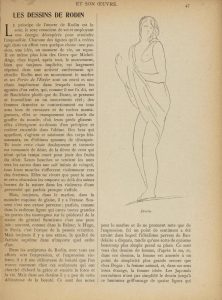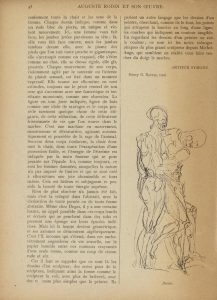https://www.youtube.com/watch?v=KWvTgf0WIQw
Not a Love Story: A Film About Pornography (1981) is one of the best anti-pornography documents around, better than Perversion for Profit (1965).
I found Not a Love Story while researching my paper and being sidetracked into feminist antiporn rhetoric.
The most blatant variety of this rhetoric is the part where they say that pornography leads to rape, first expressed by Robin Morgan in 1974 when she said “pornography is the theory, and rape is the practice“.
Recent feminists such as Anne W. Eaton have toned down their statements from the once virulent rhetoric of women such as Robin Morgan, but Rae Langton, a well respected source in the current debate, still references Ed Donnerstein in “Speech Acts and Unspeakable Acts“, her much-cited paper of 1993.
Researching Ed Donnerstein brought this film to my attention. He is interviewed on the effects of violent porn.
New to me was a soundbite uttered by Robin Morgan who states that “the first things that the Nazis did when they moved into Poland was to engineer a huge proliferation of pornography.”
The statement baffled me and I knew right away that I would not be able to find whether this was true or not, the only thing I could hope to discover is who first spread this piece of information.
After some googling I found this information cited in Take Back the Night (1980) by Laura Lederer. Some more googling and I discovered that it can be pinpointed to Pamela Hansford Johnson’s statement “when the Nazis took on the government of Poland, they flooded the Polish bookstalls with pornography” recorded in On Iniquity (1967), an attack on permissive society occasioned by the Moors murders.
I’ve previously mentioned why I like the rhetoric of censors so much but must write more about it, see in praise of censorship. This documentary is up here in its entirety but for how long considering the amount of explicit imagery?
PS 1. There is another explicit video on censorship, which has escaped the YouTube censor, I’ve written on it here and the video is still there.
PS 2. If you know where Pamela Hansford Johnson got her info from, I’d love to hear from you.

